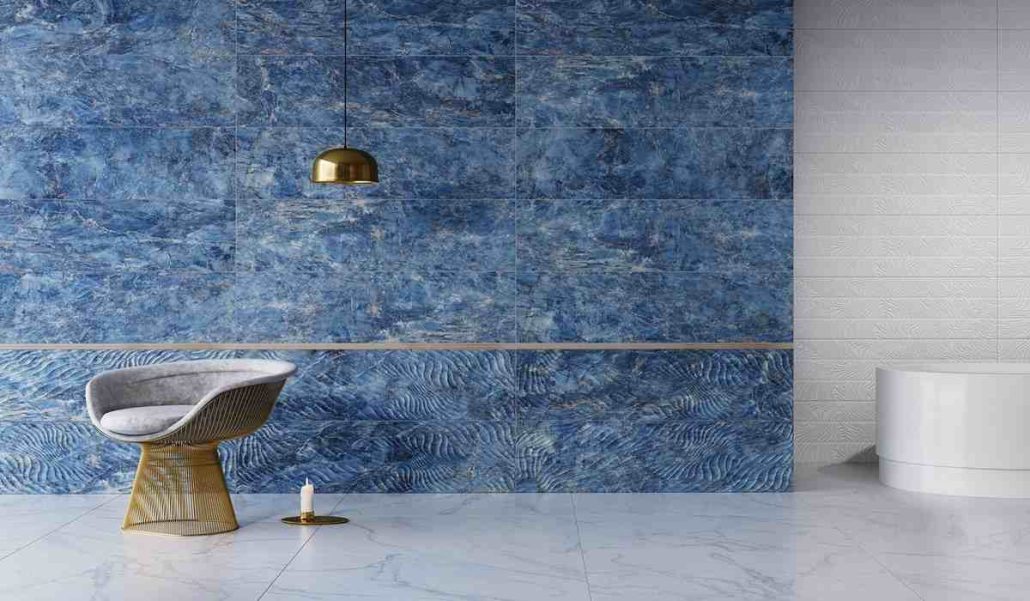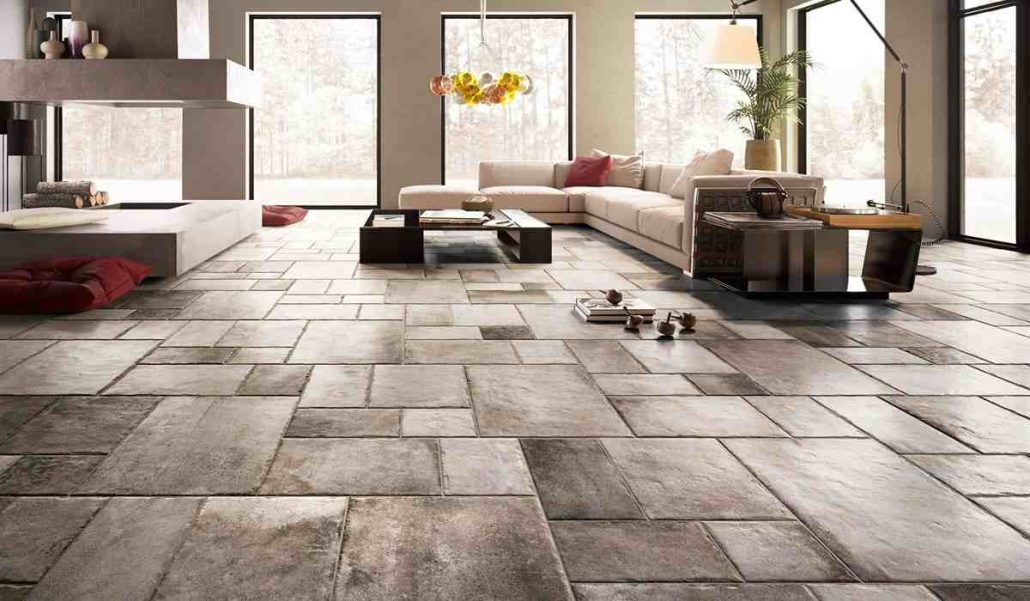The Circular Economy (CE) is a method that may be used to improve any production system, from ceramic tiles to leather, small businesses to large, complex systems, with the goal of reducing the amount of raw materials needed, consumed, and waste produced during production. It is possible to fully utilize the value of goods and services while reducing the need for new raw materials and energy by adopting dematerialization processes (using smaller quantities of raw materials for the same uses/functions) and introducing reuse, re-fabrication, and recycling flows capable of extending the lifetime and maximizing functionality of goods and services. This reduces the costs of producing and disposing of waste and the ensuing negative effects on the environment and society, while also opening up new prospects for the development of new goods and services across the many stages of optimization.

The European Union has made the Circular Economy a cornerstone of its policies for a number of years, and in 2015 it updated its primary waste management recommendations for its member states with a specific set of CE policies. The CE paradigm has started to take root among public administrations and businesses in Italy, beginning with the Environmental Bill coupled with the 2015 Stability Law and the ad hoc laws enacted in various Italian regions (the first of which being Emilia-Romagna). The majority of the waste materials produced during the production process may be reused internally in the ceramic industry, unlike other production sectors. The majority of manufacturing wastes, including as unfired waste tiles, fired waste tiles, washing line sludge, polishing and honing sludge, dried milling residues, and exhausted lime, can now be used in place of other raw materials in the ceramic production process. In doing so, thousands of tonnes of naturally occurring materials including sand, feldspar, alumina, zirconium oxide, mullite, and clay are not extracted, transported, or used. 99.5% of the production and purification waste generated by the sector is recycled during the production cycle, which accounts for 8.5% of the manufacturing process's need for mineral raw materials. Reusing manufacturing waste saves an estimated 600,000 tonnes of clay, feldspar, and other material mixture mixtures from extraction in the Italian ceramic sector as a whole.

The Emilia-Romagna regional government identified four by-products from the ceramic industry that can be used efficiently during the ceramic production process with executive resolution no. 16604 of October 23, 2017, which is linked to the Regional Law on the Circular Economy: "Unfired ceramic powders and bodies; powders from fired ceramics; unfired formed ceramic products (whole or fragments); fired formed ceramic products (whole or fragments)." Inclusion on the list acts as a sort of assurance for businesses, letting them know whether the production method they've chosen is appropriate and assisting them in avoiding the consumption of raw resources and the creation of waste. Utilizing waste products from other production processes allows for an even further reduction in the amount of raw materials needed for production (glass waste, sludge from the textile industry, etc.). Depending on the equipment at the locations and the nature of the material, different organizational systems may be used to reuse production leftovers produced in ceramic production facilities and in external operations. At the sector level, the average waste reuse factor is 129%, which is significantly higher than the sector BATs' mandated value of 50%. (Best Available Techniques identified by the EU). Encouragement of material reuse in the ceramic industry also results in a significant decrease in the movement of large trucks used to transport raw materials, conserving fossil fuels and assisting in the reduction of greenhouse gas emissions. A equal amount of material is also taken out of the waste cycle at the same time.

Another significant part of production is the use of water, which primarily happens during the milling of raw materials, glazing, and fired tile finishing procedures. Sector businesses have been recycling wastewater with great success for many years, and today 100% of wastewater is recycled during the milling process. Groundwater usage was decreased in 2015 as recovered wastewater supplied about 70% of the process's water needs. The ability of the businesses to utilize wastewater of external origin was demonstrated by the average recovery factor, or the proportion of reused water to wastewater generation, which was 104%. Ceramic is an incredibly durable material with an estimated lifetime of more than 50 years due to its inherent properties, including resistance to extreme atmospheric conditions, chemicals, humidity, temperature variations, and UV rays. Ceramic is also simple to recycle/recover in processes that reuse fired and unfired waste as well as demolition waste in line with a CE vision. The growth of product sizes and thicknesses to satisfy market needs also affects the features of the overall environment. The creation of low-thickness ceramic products in particular minimizes the amount of raw materials needed (dematerialization), as well as transportation costs due to the materials' lighter weight and energy expenses per square meter. The recently developed digital decoration technique also results in a significant decrease in the amount of decorative materials applied per square meter of ceramic products, in addition to further benefits for operator safety, reduced energy needs, and emissions that contribute to global warming.

Regarding research, the University of Bologna's Ceramic Center has supported a number of European initiatives involving industry firms and devoted to the testing of novel ceramic products with good circularity features. These consist of: By incorporating more than 60% recycled materials into traditional formulations and lowering the energy consumption of production processes, the MATER SOS project (Sustainable materials for the renovation and construction of new buildings) seeks to reduce the environmental impact of materials traditionally used in building, such as concrete, mortar, tile adhesives, interior and exterior ceramic tiles, and glazes. Through the total replacement of feldspar and siliceous sands (saving 100%) and the partial replacement of clays (saving more than 62%), the WINCER project has fostered the development of tiles that can be utilized to achieve considerable reductions in the use of natural resources. Costs associated with ceramic body preparation can be significantly reduced as a result (savings of about 33%). If you are looking forward to having a long-term profitable relationship in business, do not hesitate to contact us.
